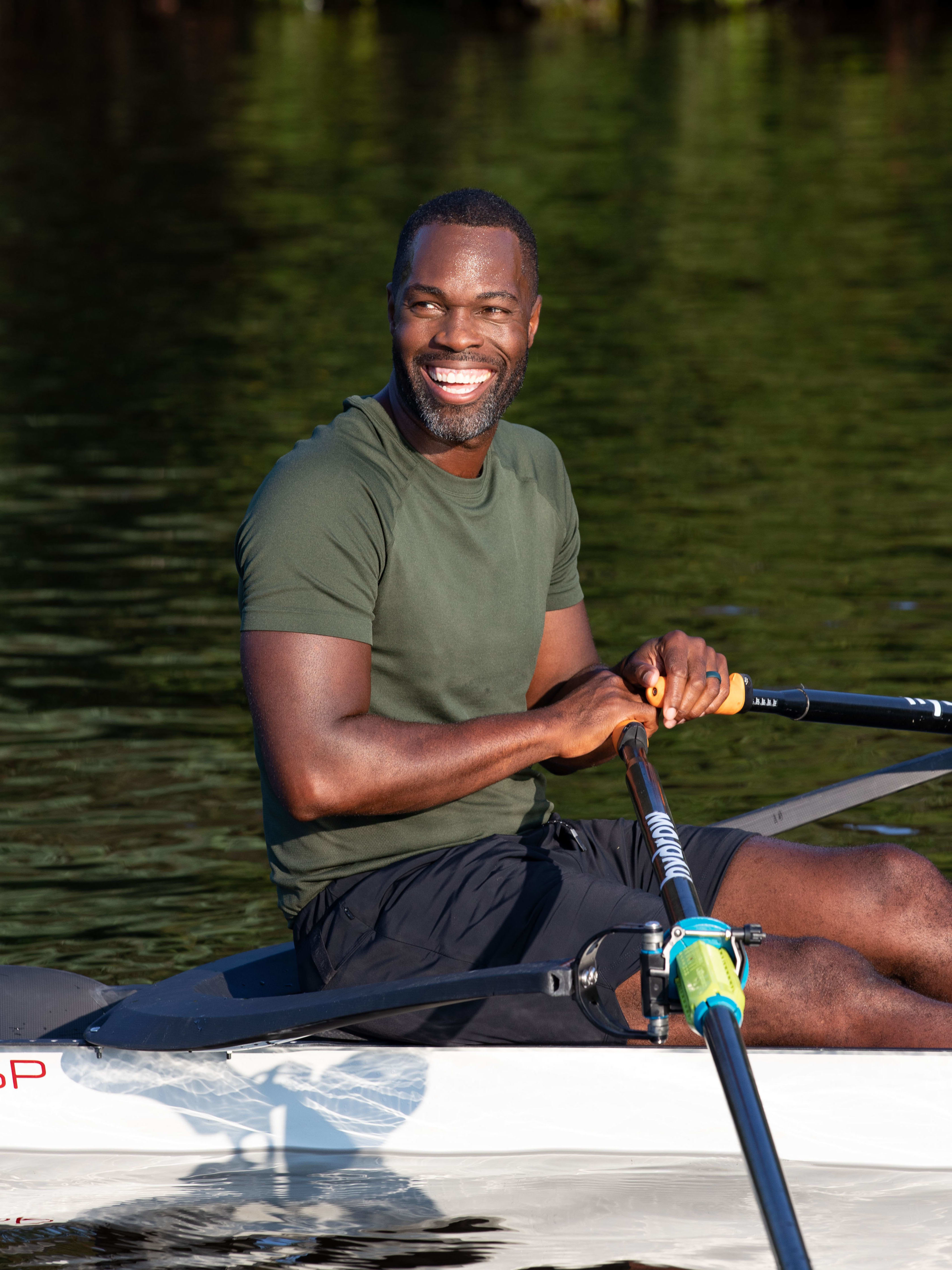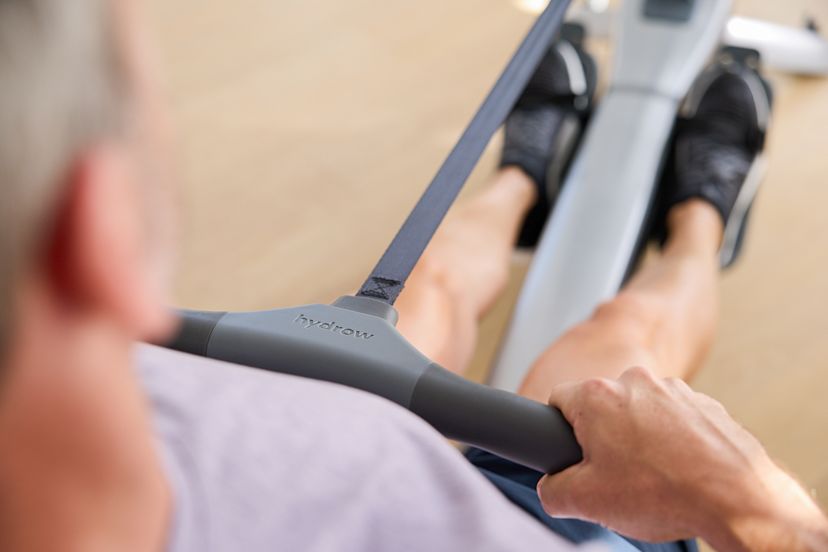How long should you workout on a rowing machine?

An indoor rowing machine is arguably one of the best full-body workout machines on the market today. Why? Because a rower workout session helps to strengthen both your lower and upper body by mimicking the motion of rowing on the water. Not to mention it's also an exceptional way to burn fat, strengthen your cardiovascular system, and increase stamina.
The indoor rowing machine is quite versatile. To benefit from it best, you need to commit yourself and put in the right amount of time. How long, might you ask? Great question.
The truth is that everyone is different in terms of their abilities and goals that they have set. For instance, your best pal may want to lose weight within six months but you’re just looking to improve your stamina. So, when it comes down to the question of how long you should be rowing, in fact, the only person who can really answer this question is you -- but we can help!
In this article, we will cover some important factors to determine how long your rower workout session should be. So grab a cup of coffee and get comfortable -- let's dive in.
Your Workout Goals
Outlining and writing down your personal workout goals is going to be the most important factor in determining how long you should row. Not having goals in place before you start to exercise is essentially like walking around blind. Ask yourself: what do you want to achieve from your rowing workouts?
A good goal might be, "I want to lose 8Ibs in one month. I will lose 2lbs per week and will weigh myself every Sunday morning". Conversely, another goal might be, “I want to be able to complete a high-intensity interval training workout without stopping to take a break.”
You can use your goals to work backward into how long your rower workout session should be.
How Many Calories Do You Want To Lose?
Having a specific amount of weight you want to lose can help you.
Needless to say, exercise alone likely won’t help you reach your weight loss goals. That's why it’s important to stay consistent with other factors like diet and lifestyle if you are trying to nail down your perfect exercise time for weight loss.
Start slow on the rower and look for a pace and intensity. Doing so will get you sweating and gets your heart pumping. This will vary depending on your own fitness level. You should generally be rowing at a moderate intensity that keeps you engaged. You should still allow yourself to breathe in a way that you could hold a conversation.
In terms of time, weight loss is best achieved with consistency, so aim for at least 30 minutes per day on a rower, anywhere from 4 to 6 times a week. Make sure you’re getting enough rest days, especially if you’re just getting started!
What Cardiovascular Benefits Do You Want?
Some people aren't interested in losing inches from their waist and seeing numbers drop on the scale. Instead, they want to improve their cardiovascular health.
An indoor rowing machine can be used for aerobic exercise and anaerobic exercise. This makes it an exceptional choice when looking to strengthen your heart and lungs.
Rowing machine for anaerobic exercise (fast and short): If you're looking to improve your anaerobic conditioning, then you'll need to spend less time on the rowing machine. Workouts will generally be of higher intensity for shorter amounts of time. Doing sprints and HIIT are the best workouts for anaerobic conditioning, which can easily be done on an indoor rower.
Anaerobic exercises generally last anywhere between 5 to 20 minutes.
Rowing machine for aerobic exercise (long and slow): If you're looking to improve your aerobic conditioning, you'll find your rowing times are longer. Your heart rate and intensity will be much lower so you can last the full duration of the workout.
Aerobic exercises generally last anywhere between 45 to 90 minutes.
No matter what your cardiovascular goals are, whether that be anaerobic or aerobic exercise, you should always mix in different workouts and alternate between the two. Studies have shown that anaerobic exercise can greatly improve your aerobic conditioning and vice versa.
What's the Time Frame For Your Goals?
We all have different time frames for ourselves that we set to achieve our goals. This time frame will affect the amount of time you'll need to row on an indoor rowing machine. For instance, a person who wants to lose 8 pounds in one month should spend much more time working out on a rower than a person who wants to lose the same amount of weight in three months.
What Is Your Pace?
Your pace also plays a factor in determining how long your rower workout session should be. The higher your pace, the shorter your rowing time and vice versa. A person doing 30 strokes per minute will cover much more distance than a person rowing at 20 strokes per minute. This means that if you have the stamina to perform your rowing workouts fast, you'll spend less time on the rowing machine. On the other hand, if you happen to lack the pace, but have endurance. You'll find that you will spend more time rowing to achieve your goal.
In Conclusion
So, how long should you workout on a rowing machine? The answer is: it depends.
The amount of time you spend working out on a rowing machine should depend on your personal fitness goals. Factor in your timeframe to reach those goals, and your pace. Keep in mind that every individual’s fitness level varies, so you need to adjust your goals.
No matter what your goal is, whether it’s to burn calories or improve your cardiovascular health, indoor rowers like The Hydrow can help.
The Hydrow Rower offers a full-body workout and an immersive experience that takes you on waterways around the world, all from the comfort of your home. In addition, The Hydrow comes with a brilliant 22" touchscreen display so you can easily track the duration of each workout to keep you on track with your fitness goals, so no matter how long you work out, you’ll have the tools you need to reach your goals, and have fun along the way.



